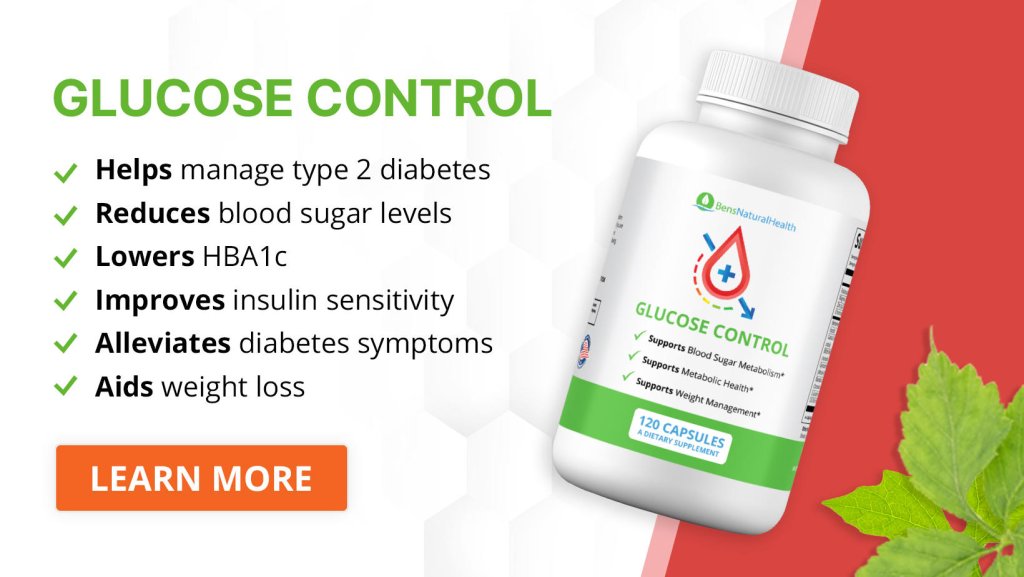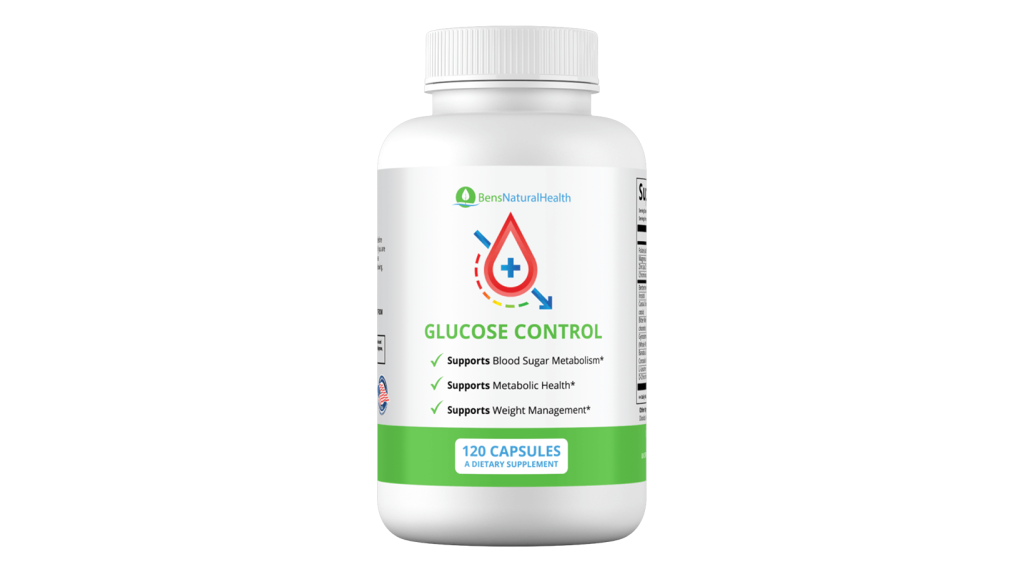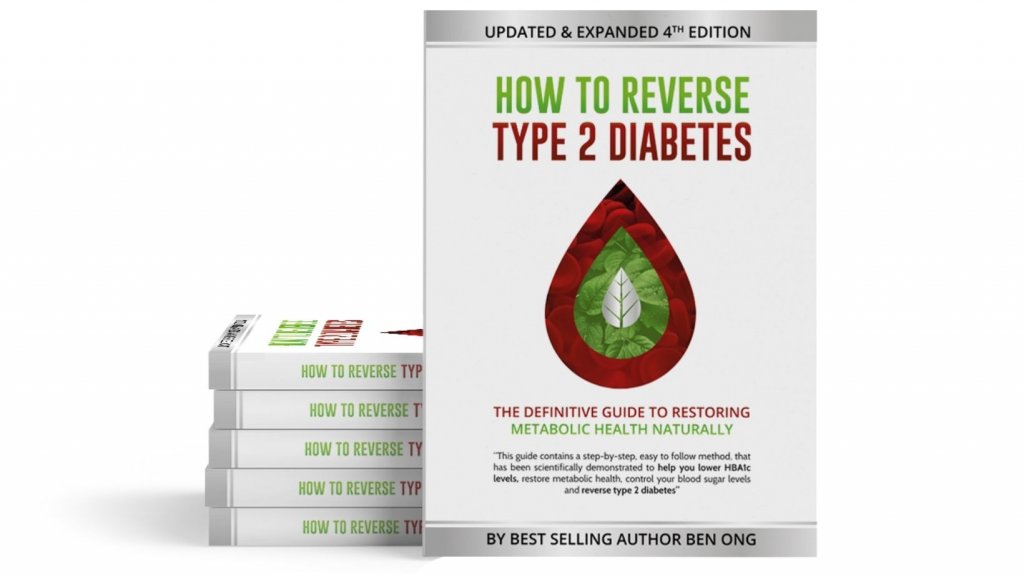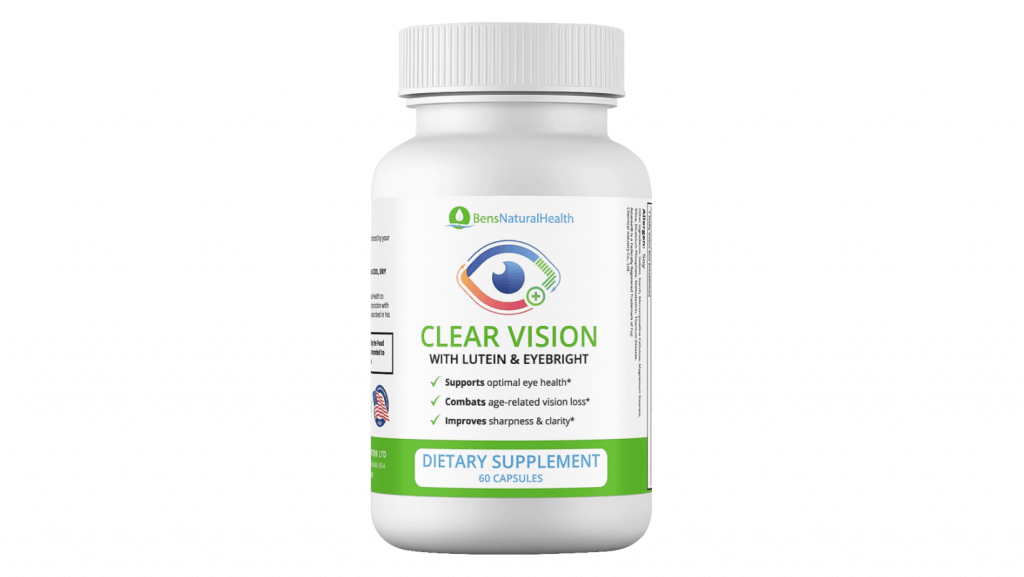The most information that reaches the human brain comes from the eyes.
That is why a massive part of the brain is dedicated to visual interpretation.
It also means that vision loss causes far greater disability than the loss of other senses.
Regretfully, partial to complete vision loss is not rare.
In those living with diabetes, diabetic retinopathy is the leading cause of progressive vision loss. If left untreated, it will cause complete and irreversible vision loss.
About 30-40% of those living with diabetes have some signs of diabetic retinopathy, and 8-10% are at significant risk of vision loss as a result.
Diabetic retinopathy primarily occurs due to damage to small blood vessels bringing blood to the retina.
Since the number of people living with diabetes is increasing, so are the cases of the condition.
Hence, it is vital to know how to prevent and treat diabetic retinopathy.
Keep reading to learn more about the treatment options for diabetic retinopathy.
Get Your FREE Eye Health Diet Plan
- Nine most important vitamins for eye health
- How to naturally protect and improve your eye health as you age
- Developed exclusively by our medical doctor
About diabetic retinopathy
Suppose you are living with diabetes and recently started developing blurry vision, seeing dark areas in your field of vision, and noticing faded colors.
In that case, you may have started developing diabetic retinopathy.
Diabetes causes damage to small and large blood vessels. In diabetic retinopathy, minute blood vessels supplying blood to the retina (visual sensor) get damaged.
As a result, these tiny blood vessels become leaky, causing macular edema and macular ischemia (non-proliferative diabetic retinopathy).
However, in those with prolonged and severe diabetes, small blood vessels start growing to compensate for the loss of blood flow (neovascularization).
But, regretfully, these newly grown blood vessels cause more harm than good, as they are quite delicate and often rupture, causing local edema and scarring (proliferative diabetic retinopathy).
Diabetic retinopathy treatments
First and foremost, it is essential to understand that there is no effective treatment for diabetic retinopathy.
Most treatments are provided only in the advanced stages of the condition to prevent further vision loss. It means that prevention has a special place in diabetic retinopathy.
Diabetic retinopathy is a condition that results from poorly controlled diabetes. Additionally, those having high blood pressure along with high blood sugar are at a greater risk.
This means that the condition can be prevented by controlling blood sugar levels and maintaining blood pressure.
This is done with the help of dietary measures, health supplements, and medication.
The most important recommendation for preventing diabetic retinopathy is regular checkups or tests for diabetic retinopathy.
Most guidelines recommend that those living with diabetes should have yearly screening for diabetic retinopathy.
This is particularly important for those living with type 1 diabetes and poorly controlled type 2 diabetes.
Anti-VEGF medications
Suppose a person cannot control diabetes for various reasons, and doctors notice proliferative diabetic retinopathy (PDR) and a threat to vision. In that case, they might inject anti-VEGF medications into the eye.
Anti-VEGF medications, like Lucentis, Eylea, and Avastin, may prevent neovascularization or growth of fragile new blood vessels and reduce macula swelling.
These medications are good for the treatment of proliferative diabetic retinopathy. Thus, diabetic retinopathy medications can slow down vision loss to a degree.
But ocular injections are a complex procedure. Such a procedure might cause bleeding, pain, infection, and even retinal detachment and vision loss.
Eye injections
If the above measures fail to provide relief and diabetic retinopathy continues progressing, doctors may use more radical measures.
They might recommend other invasive methods like eye injections of corticosteroids or even steroid eye implants.
Surgery
If all the above measures fail to work, surgical vision rescue is the next step. Doctors can use either minimally invasive surgery like laser treatment to prevent the growth of new blood vessels and treat leaky blood vessels. Or they might remove the eye scars if retinopathy becomes too advanced.
As one can see, modern medicine is pretty helpless against the condition. If one cannot control diabetes, most treatments are bound to fail.
If those measures fail, doctors need to use invasive methods, which also cannot prevent the condition’s progression and can only provide temporary relief.
Hence, the key to preventing diabetic retinopathy-associated blindness is preventing the progression of diabetes.
And even better, reversing diabetes through lifestyle intervention and the use of natural supplements.
Lifestyle changes
When we talk about natural supplements, it is also vital to note that they cannot treat severe diabetic retinopathy.
Instead, the reason to use supplements is to get better control over diabetes and boost the body’s antioxidant capacity and restorative powers.
So, to prevent diabetic retinopathy, create a diabetes reversal plan through lifestyle interventions. This can be achieved by learning more about diabetes and various non-pharmacological means to achieve diabetes reversal.
Additionally, using supplements rich in vitamins, amino acids, and herbal extracts may help lower blood sugar, boost antioxidant capacity, and thus provide additional benefits.

Can damage from diabetic retinopathy be reversed?
In short, no. Diabetic retinopathy treatments may prevent further damage but cannot reverse the damage already done.
The retina is a sensor in the eye on which light is focused via the lens. Next, the image formed on the retina gets transferred to the brain via the optical nerve.
Finally, the brain interprets the information. Thus, the retina is like a camera sensor. If it is damaged, it does not regrow.
However, the retina is not exactly damaged in the early stages of retinopathy. It is just not in good shape due to the accumulation of fluids, blood, and other inflammatory mediators.
This means that diabetic neuropathy treatment can still rescue it. In the early stages of retinopathy, it is more like dirt on a camera sensor.
That is why, in reversing diabetic retinopathy, early action is the key before retinal sensory cells are lost forever. But unfortunately, in humans, the retina does not regrow or regenerate.
That is why doctors recommend at least a yearly eye inspection. This inspection can detect some early minute changes suggesting diabetic retinopathy.
Additionally, once diagnosed with diabetes, one must focus on reversing it or keeping blood sugar under control.
It is possible to reverse mild diabetic retinopathy by lowering blood sugar and maintaining blood pressure.
This is done through early detection of the problem, lifestyle interventions, food supplements, and medications. The secret here is to prevent irreversible retinal damage.
Is there a cure for diabetic retinopathy?
There is no cure for diabetic retinopathy, but if detected early, it is possible to reverse the condition.
Furthermore, with the help of lifestyle interventions and natural treatment of diabetic retinopathy, one may achieve prolonged remission of the disease.
It is worth keeping in mind if one is unable to reduce blood sugar levels, medicine is quite helpless.
Most treatment methods for the condition are invasive, like intra-ocular injection of steroids or anti-VEGF. Such injections are known to cause complications.
Therefore, a person living with diabetes must understand the risk of diabetic retinopathy and its association with blood sugar levels and high blood pressure.

Does diabetic retinopathy go away?
Typically, no. Since damage to retinal blood vessels always leads to some damage to the retina, retinal damage does not go away.
However, in practice, things are not as gloomy. Early and minute changes may not cause any significant reduction in visual acuity.
Hence, the importance of regular checkups, early detection of the condition, and focus on reversing the diabetes.
If one is able to reverse diabetes, diabetic retinopathy will also subside. This will generally result in prolonged remission.
However, it will not completely disappear, even if eye examination results are promising. It means that one would still need to make consistent efforts to lower blood sugar levels and enhance the intake of antioxidants.
5 natural remedies for diabetic retinopathy
Numerous natural remedies and nutrients may benefit those diagnosed with diabetic retinopathy. For example, most herbals that lower blood glucose levels would help.
Additionally, herbals boost the body’s antioxidant capacity and reduce retinal edema. Thus, always consider natural treatment of diabetic retinopathy, too.
1) Berberine
For example, studies show that berberine lowers blood glucose levels and suppresses VEGF activation in retinal endothelial cells.
Hence, it may have both direct and indirect benefits in diabetic retinopathy.
2) Cinnamon
Similarly, experimental studies suggest that cinnamon is also of great value in managing diabetic neuropathy.
It is among the most popular natural extracts for lowering blood sugar levels. However, now studies show that its prolonged use may also help reverse retinal abnormalities.
3) Chromium
Similarly, studies show that chromium is also quite good for increasing insulin resistance and preventing diabetic retinopathy.
One of the ways it helps is by reducing blood glucose and enhancing insulin sensitivity. Studies also suggest that there might be other ways in which it helps, like by reducing oxidative stress.
4) Alpha-lipoic acid
Among various nutrients that are good for neuropathies and diabetic retinopathies, alpha-lipoic acid has a special place.
It is known to lower oxidative stress and may help prevent diabetic neuropathies and retinopathy.
5) Amino acids
Further, researchers are also exploring the role of various amino acids in managing retinopathy. It appears that changes in the metabolism of amino acids are one of the contributing factors to diabetic retinopathy.
Studies show that low serum leucine may significantly increase the risk of diabetic neuropathy. Consequently, increasing the intake of leucine may exert a protective effect.
Ben’s Natural Supplements
Glucose Control
Ben’s Glucose Control, one of the leading supplements for type 2 diabetes, contains clinically proven, natural ingredients to reverse type 2 diabetes and help stabilize and maintain an optimal blood sugar level.

Clinically formulated, Glucose Control works to regenerate your pancreas, aid weight loss, alleviate diabetic symptoms, prevent oxidative damage and prevent the progression of diabetes.
How To Reverse Type 2 Diabetes
Our best-selling book, How To Reverse Type 2 Diabetes, combines scientific research and modern medicine with holistic healing.
The book lays out an easy step-by-step method to lower your HBA1c levels, restore insulin health, and reverse type 2 diabetes, in less than 90 days without using drugs or side effects!

How To Reverse Type 2 Diabetes contains complete diabetes diet and exercise plans. This, therefore, makes it the definitive guide to reversing type 2 diabetes and achieving type 2 diabetes remission.
Clear Vision
Our eye health supplement, Clear Vision, is designed to work as part of a healthy diet and lifestyle to maintain optimal eye health.

It contains several nutrients that have been recommended by the National Eye Institute to help reduce the risk of developing age-related Macular Degeneration (AMD).
In addition to this, the ingredients in Clear Vision are clinically proven to support optimal eye health, improve vision sharpness, combat age-related vision loss, and protect against cataracts.
Conclusion
Diabetic retinopathy is among the leading and preventable causes of blindness. The best treatment for diabetic retinopathy is lowering blood sugar levels and blood pressure.
Therefore, regular diabetic retinopathy eye exams may also help. Additionally, one should enhance the intake of natural antioxidants and other herbals or nutrients known to lower blood glucose and help with diabetic retinopathy treatments.
Explore More








